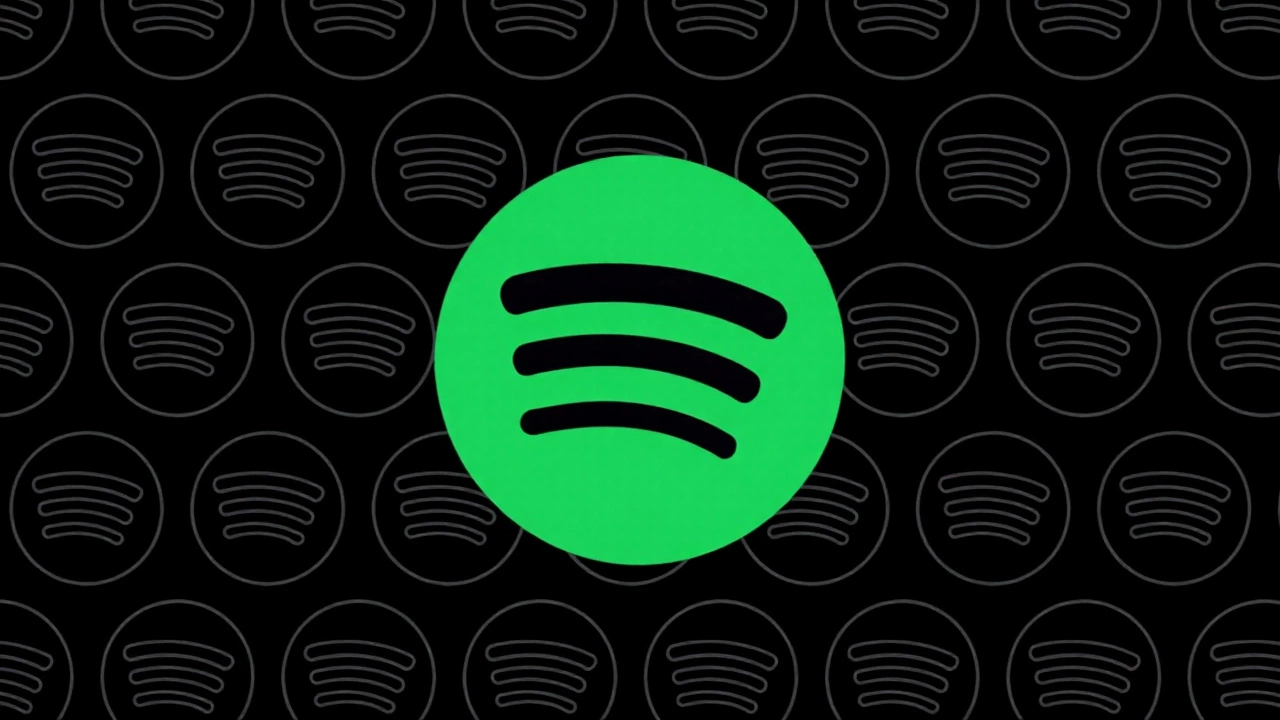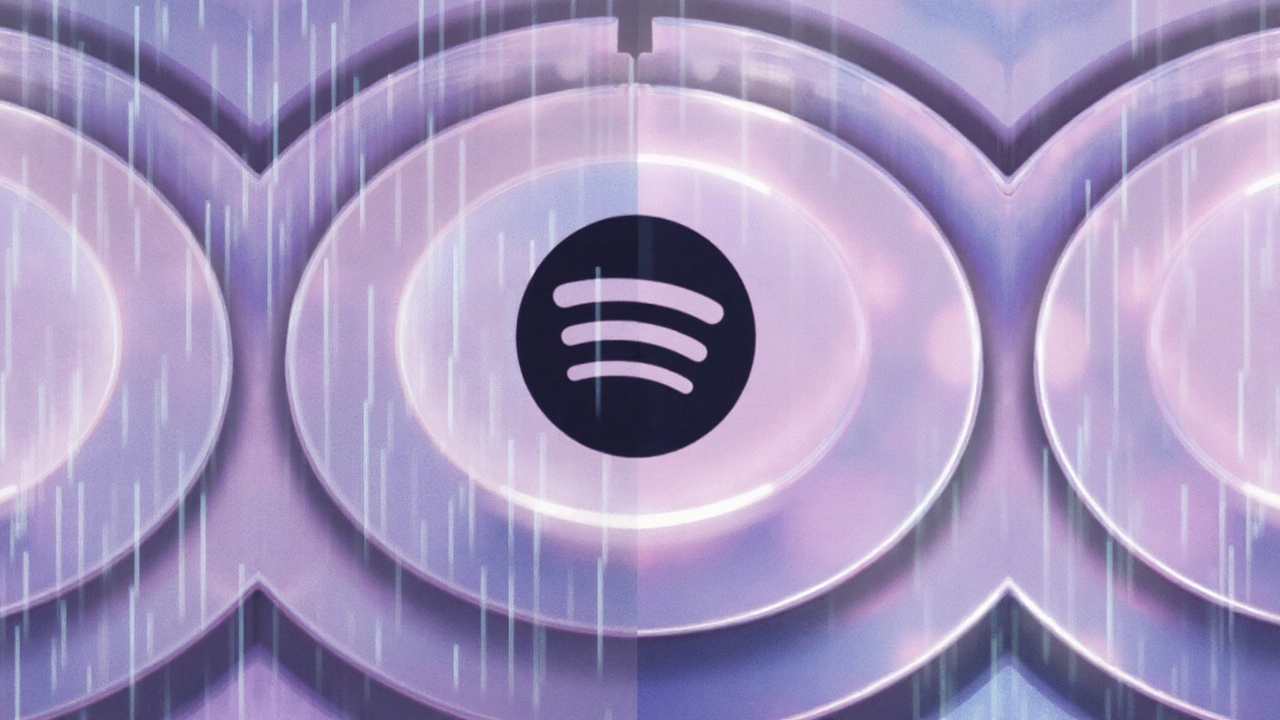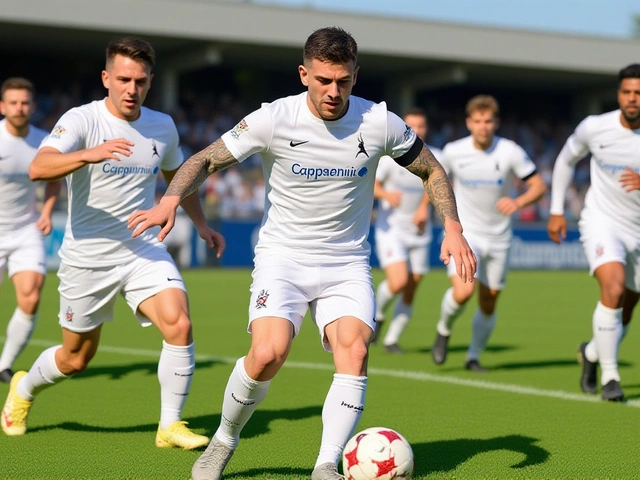The four-year wait is over: lossless hits Premium with no price hike
Spotify is finally flipping the switch on Spotify lossless audio, and it’s not a paywalled perk. Premium subscribers are getting it free, with a phased rollout that started September 10, 2025, and stretches through October across more than 50 markets. Users in the U.S., U.K., Australia, Germany, Japan, Sweden, and other regions are already seeing the feature appear. When your account is eligible, the app will nudge you with a notification.
This move ends a long saga that started when Spotify teased a “HiFi” tier years ago, then hit pause. There were rumors of a $5–$6 add-on. Instead, the company decided to fold lossless into the existing Premium plan. The message from Spotify’s subscriptions chief Gustav Gyllenhammar: quality, ease, and clarity — no complicated upsell, no guesswork.
Under the hood, Spotify is using FLAC for lossless delivery, topping out at 24-bit/44.1 kHz. That’s higher bit depth than CD (16-bit) but the same sample rate, and it’s the highest quality Spotify has offered. The company says nearly its entire 100 million–plus song catalog will be available in the new format, though a handful of tracks may lag as rights and masters catch up.
Compatibility is wide: iOS and Android phones, Windows and Mac desktops, and tablets are covered. Many Spotify Connect–enabled speakers, soundbars, and receivers from brands like Sony, Bose, Samsung, and Sennheiser will play lossless too. Sonos and Amazon devices are on deck for next month, which should cover a big chunk of living rooms.
There’s one manual step: you have to turn it on for each device. Open Spotify, tap your profile, head to Settings & Privacy, then Media Quality, and enable lossless for Wi‑Fi, cellular, and downloads as you see fit. When it’s active, you’ll see a lossless badge in Now Playing and in the Connect device picker so you know you’re actually hearing the real thing.

What “lossless” really changes — and how to hear the difference
Lossless means the audio file hasn’t thrown away data to shrink file size. FLAC compresses the original studio master without losing information, unlike lossy formats such as MP3, AAC, or Ogg. In plain terms: you’re getting a bit-for-bit copy of the mastering source at up to 24-bit/44.1 kHz on Spotify, not a simplified version tailored for smaller downloads.
Does that mean it always sounds better? It depends on your gear, your ears, and the track. Many people will struggle to tell 320 kbps Ogg from lossless in blind tests on basic earbuds. On better headphones or speakers — and with tracks that have wide dynamics and clean production — the difference can become clearer: richer transients, less smearing, more space between instruments.
One caveat: Bluetooth. Most Bluetooth codecs (SBC, AAC, standard aptX) are lossy. You’ll still benefit from Spotify’s improved master and encoding pipeline, but it won’t be truly lossless over those links. To stay lossless end to end, go wired (USB-C or Lightning with a DAC, or a 3.5 mm jack if your device still has one). Some newer wireless standards like aptX Lossless and LHDC LL promise near- or true-lossless, but hardware support is still limited and often finicky.
If you want a quick checklist to get the most out of the new tier, start here:
- Use wired headphones or a desktop setup with an external DAC for guaranteed lossless playback.
- On mobile, consider a dongle DAC if your phone lacks a headphone jack.
- In Settings, disable volume normalization and crossfade for the most transparent path.
- On desktop, set your OS audio output to 24-bit/44.1 kHz and avoid system effects.
- On speakers, prefer a Spotify Connect device that supports FLAC at the new spec.
There’s also the file-size angle. Lossless is heavier. A three-minute track at 16-bit/44.1 kHz in FLAC often lands around 15–25 MB, depending on the music. At 24-bit/44.1 kHz, expect roughly 25–40 MB. An hour-long album can range from 300 MB to 800 MB. If you download a lot of music for offline listening, you’ll want to watch your phone’s storage and maybe fine-tune which playlists get lossless versus standard quality.
Streaming data use jumps, too. Rough math: 16-bit/44.1 kHz FLAC can average 700–1,000 kbps, while 24-bit/44.1 kHz can push higher. That’s 300–450 MB per hour at 16-bit, and 500–900 MB per hour at 24-bit, depending on compression and the music. On cellular, set lossless only on Wi‑Fi if your plan is tight. The settings menu lets you split quality choices for Wi‑Fi and mobile so you don’t get bill shock.
What about features like EQ, volume leveler, or crossfade? They’re handy, but any digital processing means the stream is no longer “bit-perfect.” If you care about purity, turn those off. If you prefer a consistent loudness across tracks, keep normalization on and enjoy your music — the point here is choice.
Spotify says almost the entire catalog will be covered, but a small slice won’t show up in lossless right away. Reasons vary: licensing quirks, missing lossless masters, or regional rights. When a track isn’t available in lossless, Spotify will fall back to the next best quality. You’ll know from the on-screen indicator whether the current song is actually lossless.
This launch also tightens the race with rivals. Apple Music added lossless and hi-res in 2021 at no extra cost, scaling up to 24-bit/192 kHz if you use a wired DAC. Amazon Music HD did a similar price reshuffle the same year, folding HD and Ultra HD into the standard plan. Tidal and Qobuz have long catered to audiophiles with FLAC and hi-res libraries that stretch to 24-bit/192 kHz, along with robust metadata for liner-note nerds. Spotify’s angle is different: keep the price flat, ship lossless widely, and lean on its recommendation engine, playlists, and social features to keep people inside its app.
It also plugs a gap in Spotify’s Premium pitch. Over the past year, the service has been busy with DJ, Jam, AI Playlist, Mix, and daylist — fun, sticky features that make discovery feel personal. Lossless slots in as the quality play: fewer compromises when you find a track you love. For artists and labels, broader lossless distribution can surface mixes and masters as intended, which matters for genres like classical, jazz, and acoustic where dynamics are part of the storytelling.
For home setups, Spotify Connect remains the cleanest path. It hands off the stream directly from the cloud to your speaker or receiver, sparing your phone from acting as a middleman. As more devices add support for FLAC at 24-bit/44.1 kHz, living-room listening should be as simple as tapping Connect and watching the lossless badge appear. With Sonos and Amazon devices coming on board next month, expect most mainstream ecosystems to be covered.
Here’s a quick refresher on how to turn it on and verify it’s working:
- Open Spotify and tap your profile icon.
- Go to Settings & Privacy > Media Quality.
- Enable lossless for Wi‑Fi streaming, cellular streaming, and downloads as you prefer.
- Play a track you know is available in lossless.
- Check the Now Playing screen for the lossless indicator. On external devices, check the Connect picker for the same badge.
If you don’t see the option yet, don’t panic. The rollout is staged. Keep your app updated, and watch for the notification. If you’re on a shared family plan, each account enables lossless on its own devices, so make sure everyone flips the switch on their phones and laptops.
One last note for the super-picky: sample rate and bit depth aren’t everything. Mastering quality, dynamic range, and the mix itself matter more than numbers on a spec sheet. A great 16-bit/44.1 kHz master can beat a mediocre 24-bit file any day. But giving listeners a path to the full-resolution source is still a big win. After years of waiting, Spotify’s finally delivering it without moving the goalposts on price.





